Finland's defense spending has increased by 36 percent, the highest in the European Union (EU), according to the Stockholm International Peace Research Institute (SIPRI). The increase was bolstered by a number of expensive purchases, such as a deal to buy 64 new F-35 fighter jets from US arms manufacturer Lockheed Martin. The €10 billion deal is considered the largest in the Nordic country's history, Sputnik reported.
There are many reasons for Finland to step up its arms purchases, but the main reason is still security concerns from the Russia-Ukraine conflict. Finland is the country that shares the longest border with Russia in Europe. After the conflict broke out, Finland decided to abandon its neutrality policy and seek to join NATO. This is considered a turning point in the foreign and security strategy that the country has maintained for decades.
According to the Independent, after officially joining NATO, Finland recorded the highest annual increase in defense spending since the Cold War. At the end of the Cold War, Finland spent about 1.9% of its GDP on defense, but its spending fell sharply in the following years and reached its lowest point in 2001 at 1.1% of GDP. Nearly two years ago, Finland's defense spending was still a meager 1.3% of GDP. However, last year alone, the Finnish government agreed to add more than 2 billion euros to defense spending, citing the conflict in Ukraine.
Within NATO, Finland ranks among the alliance's top military spenders, at around 2% of GDP. In 2022, only the United States (3.5% of GDP), Poland (2.4%), Estonia (2.3%) and the United Kingdom (2.1%) will spend more on defense as a percentage of GDP than Finland.
Of course, the sharp increase in annual defense budgets is also seen in many other European countries, notably Lithuania, Sweden and Poland, with increases of 27%, 12% and 11% respectively. “This is a sign that the post-Cold War era has ended since February 24, 2022, when the conflict in Ukraine broke out. Western militaries are facing this reality, because it is clear that no country, including the United States, currently has the necessary arsenal to deal with high-intensity and large-scale war,” said Francois Heisbourg, senior advisor on Europe at the International Institute for Strategic Studies (IISS).
For countries on Russia’s periphery, the conflict has prompted them to focus on increasing defense budgets, domestic production capacity, and the size of their tank, artillery, and air defense forces. Even countries that have traditionally pursued a moderate stance are racing to strengthen their military capabilities, fearing an unpredictable and volatile security environment.
The conflict in Ukraine appears to have reversed a trend of cuts in global defense spending. Global military spending rose to a record high last year amid the ongoing conflict. Total global military spending rose 3.7% last year to $2.24 trillion, according to estimates by researchers from SIPRI. Of this, European military spending is expected to rise 13% to $480 billion in 2022, the highest growth rate in 30 years.
The steady rise in global military spending in recent years is a sign that we are living in an increasingly insecure world, said Nan Tian, senior researcher at the SIPRI Arms Production and Military Expenditure Programme. Countries are strengthening their military capabilities to cope with the deteriorating security environment, making the arms race hotter than ever.
NETHERLANDS
Source




![[Photo] Prime Minister Pham Minh Chinh meets with Hungarian President Sulyok Tamas](https://vphoto.vietnam.vn/thumb/1200x675/vietnam/resource/IMAGE/2025/5/29/dbcaa73e92ea4448a03fe1d0de6d68e8)
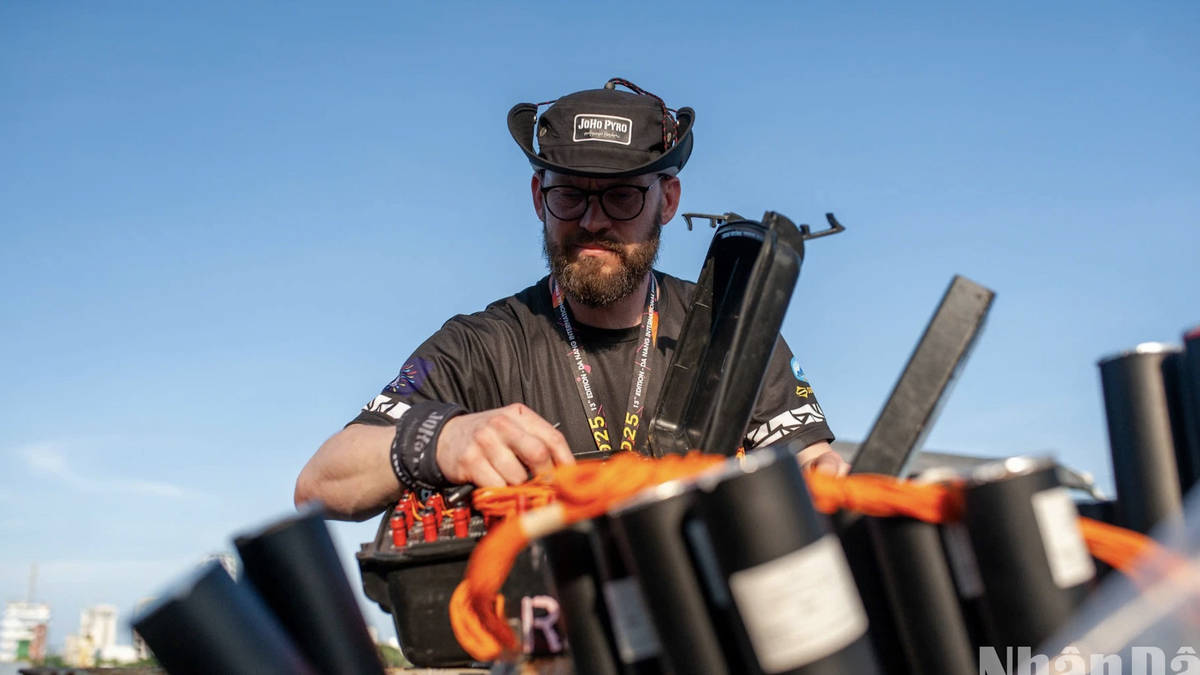
![[Photo] Vietnamese and Hungarian leaders attend the opening of the exhibition by photographer Bozoky Dezso](https://vphoto.vietnam.vn/thumb/1200x675/vietnam/resource/IMAGE/2025/5/29/94d8ceca5db14af3bf31285551ae4bb3)



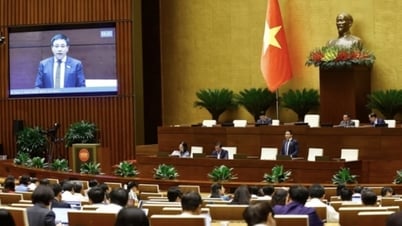








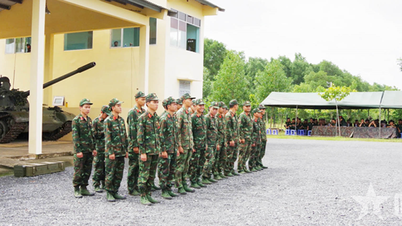
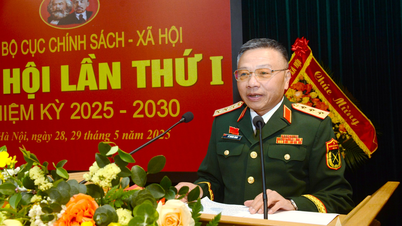
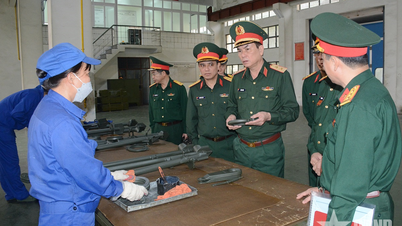
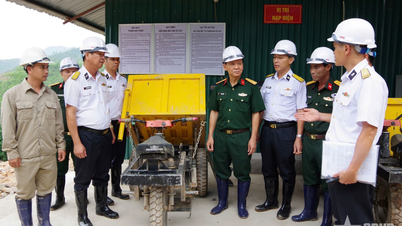


![[Photo] Prime Minister Pham Minh Chinh receives a bipartisan delegation of US House of Representatives](https://vphoto.vietnam.vn/thumb/1200x675/vietnam/resource/IMAGE/2025/5/28/468e61546b664d3f98dc75f6a3c2c880)



































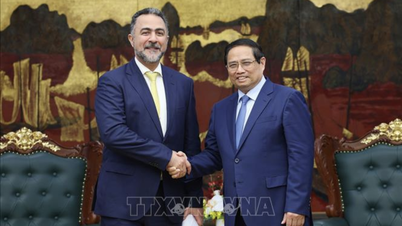


























Comment (0)